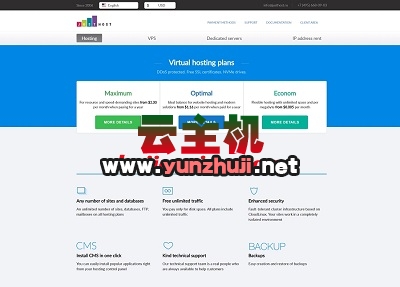在当今微服务架构的发展趋势下,分布式缓存已成为优化系统性能、提高数据访问速度的重要手段,Dubbo作为一个高性能的Java RPC框架,支持通过集成Redis等分布式缓存技术,实现数据的快速存取,从而有效减轻后端数据库的压力,并提升整体服务的响应速度,本文将深入探讨Dubbo中分布式Redis缓存的运用和相关实践。
(图片来源网络,侵删)Defining Cache Strategies in Dubbo
Dubbo provides a robust caching mechanism that is not only limited to inmemory solutions but also extends to distributed caches like Redis. This is achieved through the extensibleCache interface, which can be tailored to utilize Redis for storing cached data across a distributed system。 This approach offers several advantages over local caching strategies, including higher availability and consistent state across multiple instances of an application.
Integrating Redis with Dubbo
To integrate Redis as a distributed cache in Dubbo, one typically leverages frameworks like Spring Boot. By configuring the appropriate dependencies and settings in a Spring Boot application, developers can direct Dubbo to use Redis as its caching layer. This setup involves using Zookeeper as a registry center, which manages service discovery across the distributed environment. The choice of Redis in such a setup is driven by its ability to handle high volumes of data and its support for rich data types and advanced features like pub/sub, lua scripting, and transactions.
Advantages of Using Redis
High Performance and Scalability
Redis, known for its inmemory data storage, ensures minimal latency in data retrieval. Its lightweight, efficient design allows it to handle thousands of requests per second, making it suitable for hightraffic applications. Moreover, Redis’ clustered deployment mode supports horizontal scalability, where the cache layer can grow by simply adding more Redis nodes.
(图片来源网络,侵删)Data Persistence and Recovery
Unlike purely inmemory caches, Redis offers persistence options like RDB (Snapshotting) and AOF (Appendonly File), ensuring that cached data survives server restarts. This feature is crucial for maintaining consistency and reliability within a distributed cache setup.
Advanced Caching Features
Redis includes powerful features such as expiration of keys, notifications on key expiry, and LRU (Least Recently Used) eviction policies, which are beneficial for managing the cache effectively. These capabilities allow for finegrained control over how data is cached and evicted, optimizing cache usage and system performance.
Considerations in Deployment
Configuration and Management
Integrating Redis into a Dubbobased architecture requires careful planning around network latency, Redis configuration, and security aspects such as access control and encryption. Proper management of Redis instances, especially in a clustered setup, is vital to maintain performance and high availability.
(图片来源网络,侵删)Load Balancing and Partitioning
In a distributed cache scenario, load balancing and partitioning strategies become important to distribute the cache load evenly across different Redis nodes. Techniques like consistent hashing are often employed to ensure that data is distributed uniformly while minimizing rehashing costs during scaleout operations.
Use Cases and RealWorld Applications
Dubbo with Redis has been successfully applied in various industries to enhance the performance of distributed systems. For example, in ecommerce platforms, Redis can cache frequently accessed product details or user session data, reducing the load on the primary databases and improving response times for users. In financial services, realtime transaction processing benefits from distributed caching by minimizing delays associated with frequent reads and writes to the database.
Conclusion and Best Practices
The combination of Dubbo and Redis offers a powerful solution for implementing distributed caching in microservice architectures. By leveraging the speed of Redis and the extensibility of Dubbo’s caching mechanisms, organizations can significantly improve their system’s responsiveness and scalability. However, careful consideration of factors like configuration, security, and partitioning is necessary to realize the full potential of this technology stack.
FAQs
Q1: How does Redis improve performance in Dubbobased applications?
A1: Redis improves performance by providing fast inmemory storage for frequently accessed data, reducing the number of requests that hit the database directly. Its support for advanced features like expiration policies and pub/sub further optimizes data handling, leading to quicker response times and higher system throughput.
Q2: What are the challenges of using Redis in a distributed cache setup?
A2: Challenges include managing data consistency across multiple Redis instances, dealing with network latency between application servers and Redis nodes, and configuring security measures to protect sensitive data. Additionally, implementing effective load balancing and partitioning strategies is crucial to prevent bottlenecks and ensure seamless scaling of the cache layer.

 云主机测评网
云主机测评网
















最新评论
本站CDN与莫名CDN同款、亚太CDN、速度还不错,值得推荐。
感谢推荐我们公司产品、有什么活动会第一时间公布!
我在用这类站群服务器、还可以. 用很多年了。